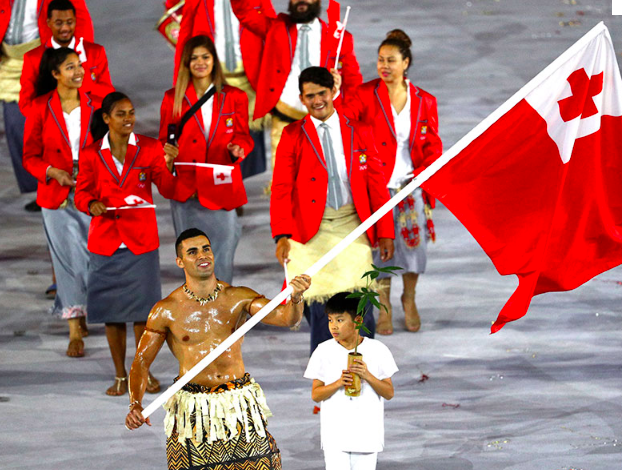|
By Emily Holland and Hadas Aron Every four years, people all around the world, many of whom are otherwise uninterested in sport (I’m looking at you political scientists), are drawn to their couches to eat pizza and cheer as athletes perform super human achievements. But in addition to the anticipation, melodrama and tension of watching Simone Biles twist and flip through the air, the Olympics is a fascinating study of international relations in practice. Here, we examine the Olympics with the “impartial” eye of trained social scientists, applying the theories we struggle to teach undergraduates to several aspects of the games.
2 Comments
1/31/2023 10:05:45 am
Aquarius is an astrological sign marked by intensity, intellect, and independence.
Reply
1/31/2023 10:06:26 am
If you want to date an aquarius, be prepared to keep up. An aquarius prefers cultural activities and will want to get to know you on an intellectual level before bonding emotionally.
Reply
Leave a Reply. |

 RSS Feed
RSS Feed